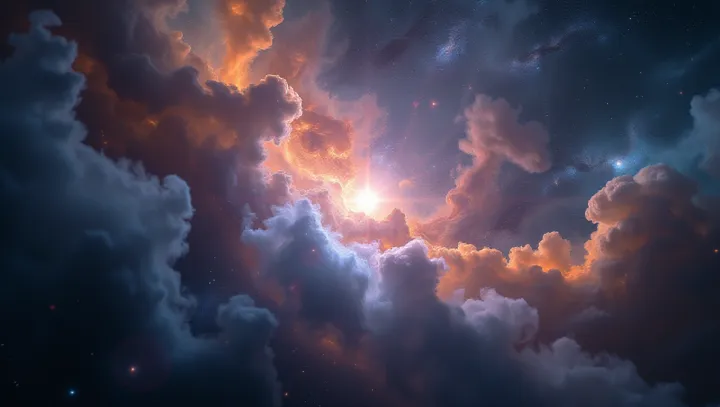Unlocking the Age of Nebulae

Cambridge scientists have recently advanced the study of nebulae by developing intricate methods to determine their age more accurately. Nebulae, the interstellar clouds of dust, hydrogen, helium, and other ionized gases, hold the key to understanding star formation and the dynamics of galaxies. Researchers rely on analyzing spectral lines emitted by the gases within a nebula.
These spectral lines, akin to a cosmic barcode, offer insights into the chemical composition and temperature of the nebula, providing vital clues about its age. Apart from spectral lines, astronomers observe the luminosity and morphology of nebulae, which change as they evolve over millennia. By correlating these observations with models of stellar evolution, scientists can estimate a nebula's age with increased precision.
Dr. Rose Adams from the Harvard-Smithsonian Center for Astrophysics remarks, 'Accurately determining the age of nebulae is a breakthrough in our quest to understand cosmic timelines and unravel the history of the universe.' This leap in research could enhance our comprehension of the universe's infancy and expansion.
